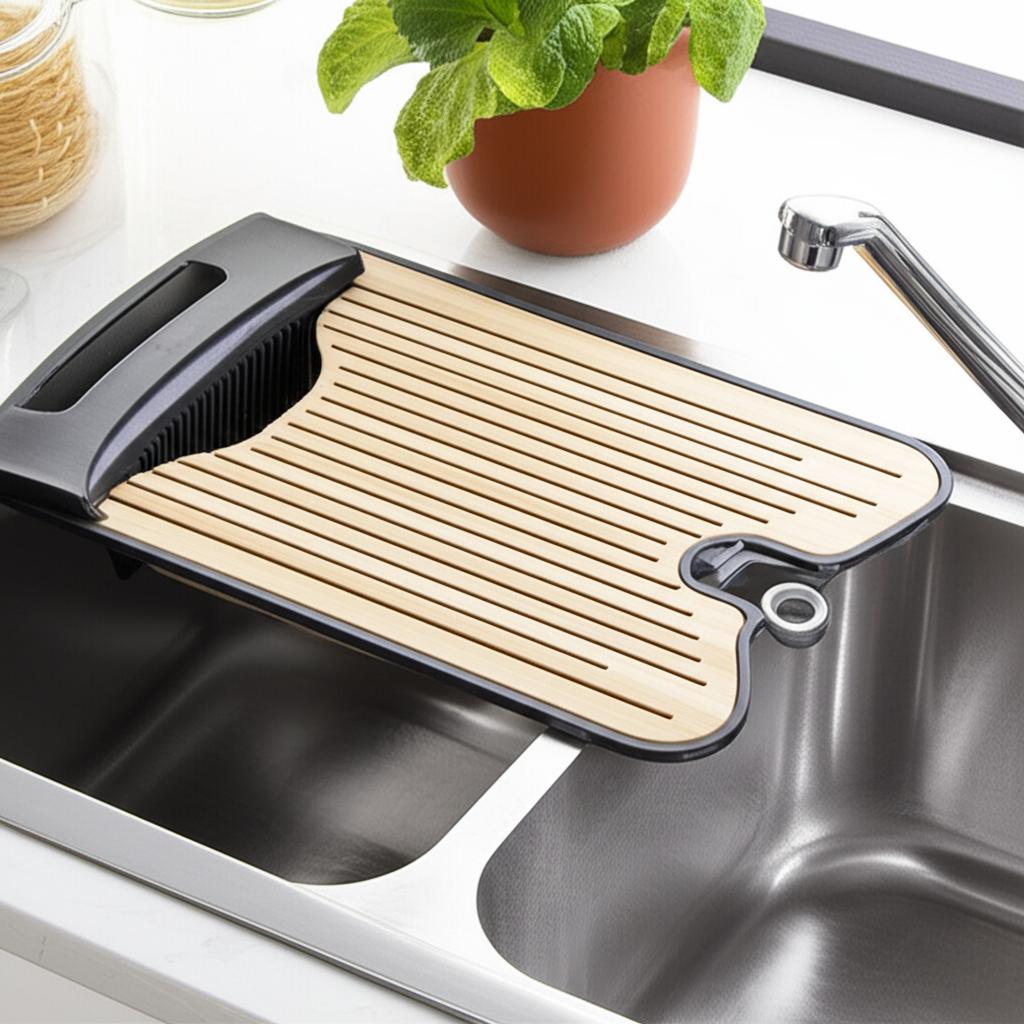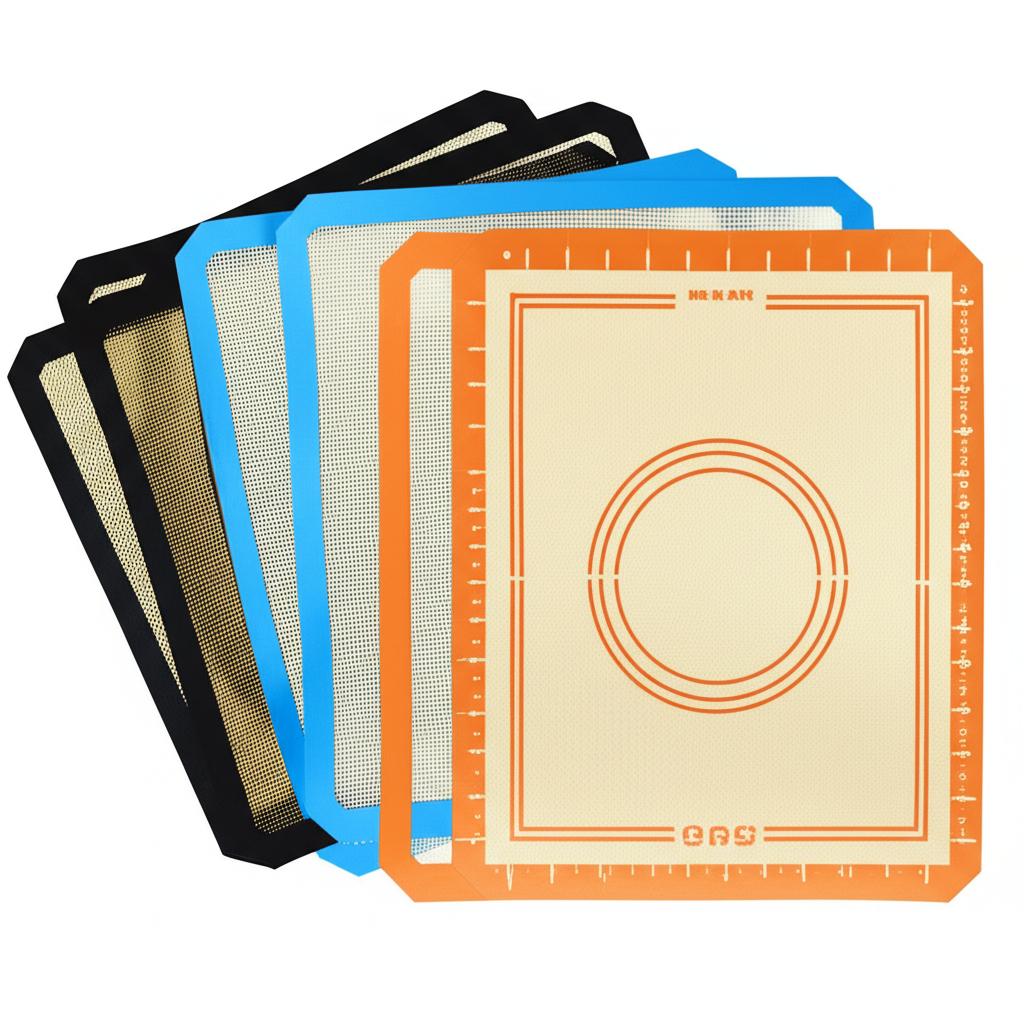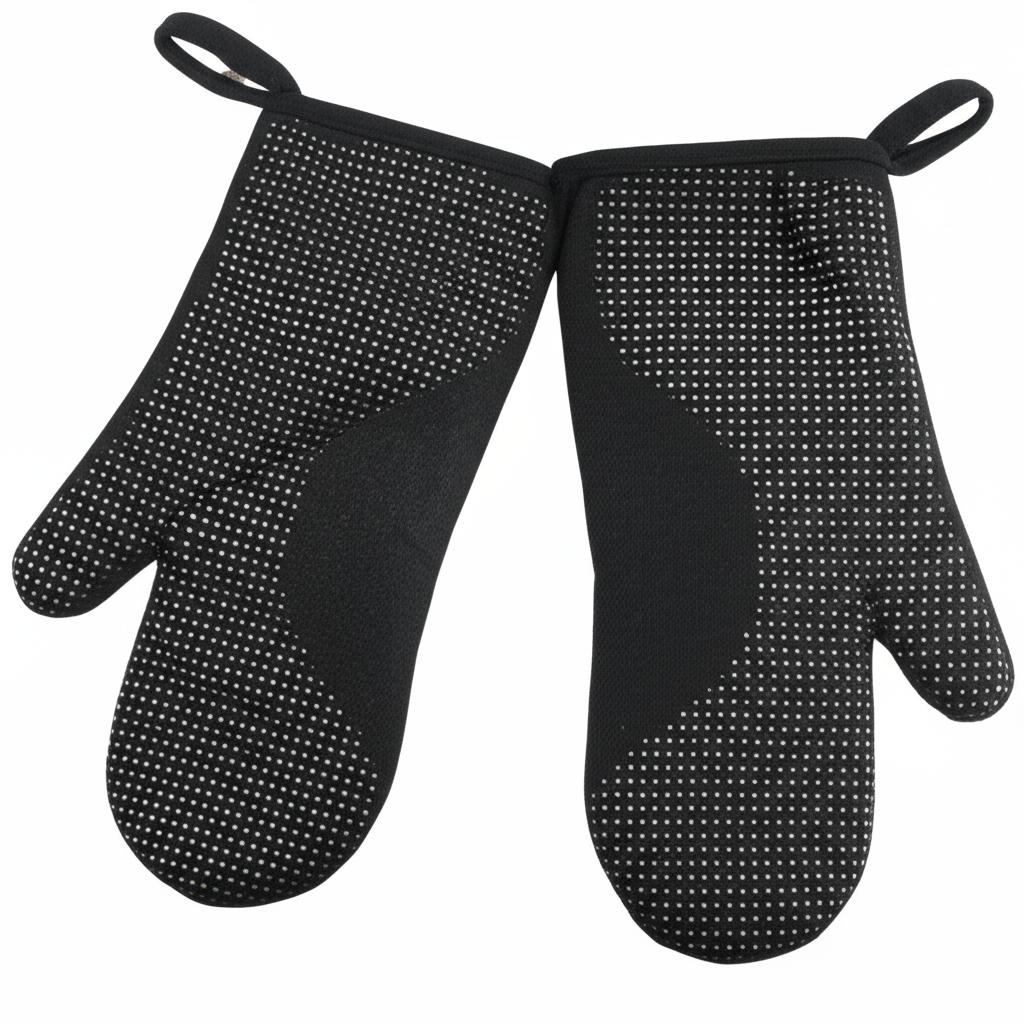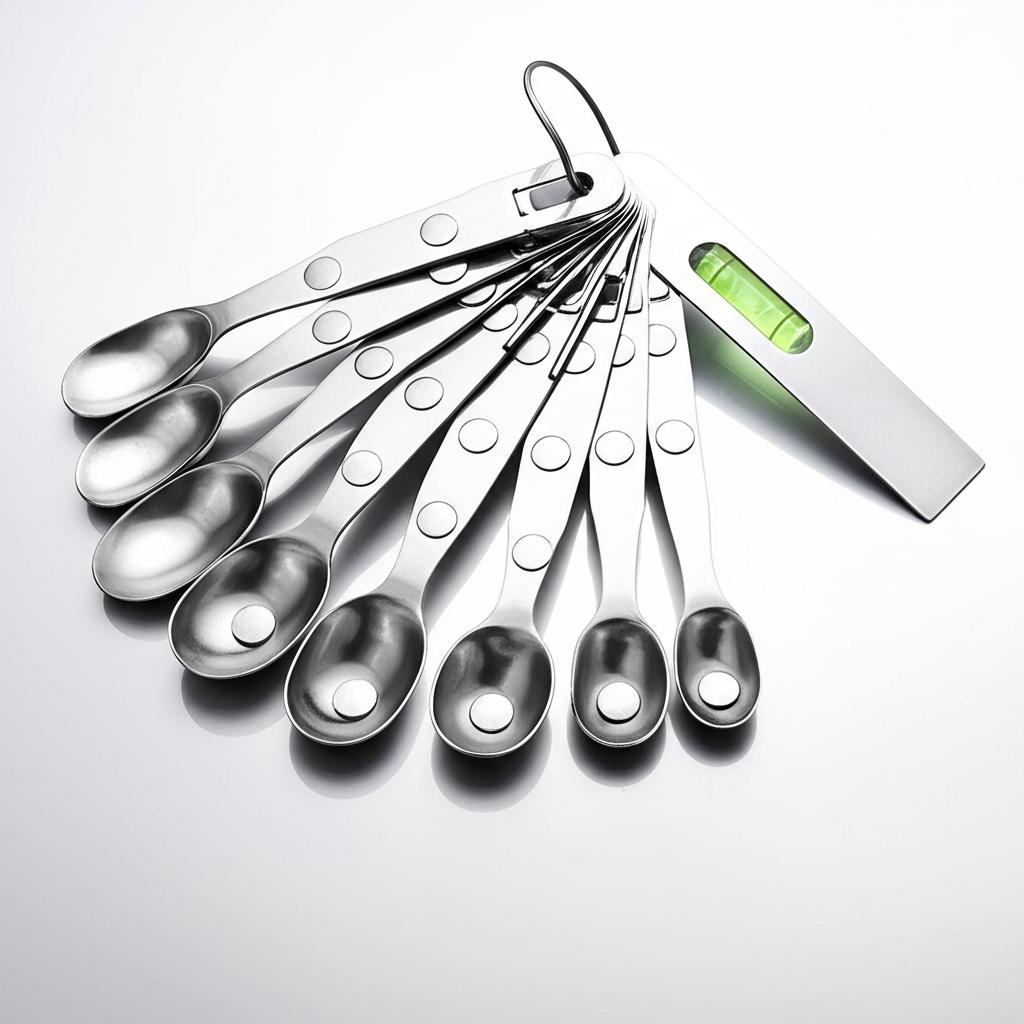
Are you tired of unevenly coated pans, using too much oil, or shelling out for expensive, aerosol cooking sprays filled with questionable propellants? If so, you’re in for a treat! The humble reusable oil sprayer for cooking is a game-changer that’s taking kitchens by storm. It’s not just a trendy gadget; it’s a smart, sustainable, and surprisingly powerful tool that can revolutionize the way you cook, helping you achieve healthier meals, save money, and reduce your environmental footprint.
In this comprehensive guide, we’re going to dive deep into everything you need to know about these fantastic kitchen companions. From understanding their benefits and choosing the right one for your needs to mastering their use and keeping them in top shape, we’ve got you covered. Get ready to mist your way to culinary perfection!
What Exactly Is a Reusable Oil Sprayer and Why Do You Need One?
At its core, a reusable oil sprayer is a non-aerosol device designed to dispense a fine mist of cooking oil. Unlike traditional cooking sprays that come in pressurized cans, these clever gadgets allow you to fill them with your preferred oil – whether it’s olive oil, avocado oil, grapeseed oil, or anything in between. Most models work by building up air pressure inside a container, which then pushes the oil through a nozzle, creating that desirable, even spray.
Think of it as a personal, refillable oil mister. Why is this such a big deal, you ask? Well, for starters, those aerosol cans often contain chemical propellants (like propane or butane) that you might not want in your food. Plus, they’re single-use, contributing to waste, and can be quite expensive over time. A good reusable oil sprayer for cooking eliminates all these downsides, giving you control, purity, and long-term savings.
It’s more than just a replacement for store-bought sprays; it’s an upgrade. Imagine perfectly greased baking sheets, lightly coated salads, or air fryer fries that are crispy without being drenched in oil. This level of precision and health-consciousness is why more and more home cooks are making the switch.
Key Benefits of Using a Reusable Oil Sprayer
Embracing a reusable oil sprayer isn’t just about making one small change; it’s about unlocking a host of advantages that impact your health, your wallet, and even the planet.
1. Healthier Eating Through Portion Control
One of the most significant benefits of an oil mister is its ability to help you control how much oil you use. A quick pour from a bottle can often lead to excessive amounts, adding unnecessary calories and fats to your dishes. With a sprayer, you achieve a light, even coating with far less oil.
- Calorie Reduction: A fine mist uses significantly less oil than pouring, which means fewer calories per serving. This is particularly beneficial for those managing their weight or simply trying to eat lighter.
- Even Distribution: The uniform spray ensures your food is coated evenly, whether you’re greasing a pan, dressing a salad, or preparing vegetables for roasting. No more oily spots and dry patches!
- No Chemical Propellants: Unlike many store-bought cooking sprays, your reusable sprayer dispenses pure oil. You avoid the propellants and other additives often found in aerosol cans, giving you peace of mind about what you’re consuming.
2. Significant Cost Savings
While there’s an initial investment in purchasing the sprayer, it quickly pays for itself.
- Buy in Bulk: You can buy larger, more economical bottles of your favorite oils instead of smaller, pricier aerosol cans.
- Less Waste: You’re using exactly what you need, minimizing waste from over-pouring or residual oil left in hard-to-access containers.
- Long-Term Investment: A well-made reusable oil sprayer is a durable kitchen tool that will last for years, unlike disposable cans.
3. Eco-Friendliness and Reduced Waste
In an era where environmental consciousness is paramount, a reusable oil sprayer is a small but mighty step towards a greener kitchen.
- Reduce Single-Use Cans: By eliminating aerosol cans from your shopping list, you significantly reduce the amount of waste headed to landfills.
- Sustainable Choice: It promotes a more sustainable approach to cooking by encouraging the use of refillable products.
- Less Carbon Footprint: Manufacturing and transporting fewer single-use items contribute to a smaller overall carbon footprint.
4. Unmatched Versatility in the Kitchen
A reusable oil sprayer isn’t a one-trick pony. Its uses extend far beyond just greasing pans.
- Air Fryer Companion: It’s an absolute must-have for air fryer enthusiasts, ensuring crispy results without saturating food.
- Grilling & Roasting: Achieve perfect char on grilled vegetables or a beautiful golden-brown on roasted potatoes with an even coat of oil.
- Baking: Lightly grease baking pans, muffin tins, or even cookie sheets.
- Salad Dressing: Create light, oil-based salad dressings or simply mist a touch of olive oil over greens.
- Pancakes & Waffles: Lightly coat your griddle or waffle maker for non-stick cooking.
- Popcorn: A fine mist of oil before popping or after can help seasonings stick better.
5. Precision and Control for Culinary Perfection
Professional chefs know that precision matters, and an oil mister brings that level of control to your home kitchen.
- Even Coating: Say goodbye to puddles of oil and unevenly cooked food. The mist ensures everything is coated consistently.
- Better Texture: For dishes like roasted vegetables or air-fried items, a light, even oil application is key to achieving that desirable crispy texture without sogginess.
- Enhanced Flavor: A thin layer of oil can better adhere to spices and herbs, distributing flavor more uniformly across your food.
Types of Reusable Oil Sprayers: Finding Your Match
Not all reusable oil sprayers are created equal. They generally fall into a few categories based on how they generate pressure and dispense oil. Knowing the differences can help you choose the best reusable oil sprayer for cooking for your specific needs.
1. Pump-Style Oil Sprayers
These are perhaps the most common type. They feature a pump mechanism, usually on the lid, that you manually pump several times to build up air pressure inside the bottle. Once sufficient pressure is built, pressing a button or lever releases a fine mist.
- Pros: Generally affordable, widely available, easy to understand the mechanism.
- Cons: Requires manual pumping before each use, pressure can deplete quickly, spray quality can vary depending on the model and how much you pump.
2. Trigger-Style Oil Sprayers
Similar to a standard spray bottle for cleaning products, these have a trigger mechanism. Each pull of the trigger dispenses a spray of oil. They don’t typically build up internal pressure in the same way pump-style ones do, relying more on the immediate action of the trigger.
- Pros: Easy to use, no pre-pumping required, often provide a continuous spray with repeated pulls.
- Cons: Spray can sometimes be less fine or more of a stream than a true mist, depending on the nozzle design.
3. Air Pressure / Pre-Pressurized Sprayers
These are often higher-end models that might come with a separate pump or have a more sophisticated internal mechanism to maintain consistent pressure for a longer duration once pumped. Some advanced models might even allow for different spray patterns.
- Pros: Excellent, consistent fine mist, often very durable.
- Cons: Can be more expensive, might be bulkier.
Choosing the Best Reusable Oil Sprayer for You
With so many options out there, how do you pick the perfect reusable oil sprayer for cooking? Consider these factors to ensure you make a wise investment.
1. Material Matters: Glass vs. Stainless Steel vs. Plastic
- Glass:
- Pros: Non-reactive, won’t leach chemicals, easy to see oil level, elegant aesthetic.
- Cons: Fragile, heavier.
- Best For: Those who prioritize purity and appearance and are careful with kitchenware.
- Stainless Steel:
- Pros: Extremely durable, won’t break, often sleek and modern-looking, protects oil from light.
- Cons: Can’t see oil level, can get fingerprints easily.
- Best For: Busy kitchens, outdoor grilling, or if durability is your top priority.
- Plastic (BPA-free):
- Pros: Lightweight, shatterproof, often the most affordable.
- Cons: Can sometimes react with certain oils over time (though less common with high-quality food-grade plastic), less premium feel.
- Best For: Budget-conscious buyers or those who need a very lightweight option.
2. Spray Pattern and Consistency
This is perhaps the most crucial factor for effective oil distribution. Look for a sprayer that consistently produces a fine, even mist rather than a stream or uneven blobs. Reviews often highlight this aspect. Some models even offer adjustable nozzles for different spray patterns (mist, stream).
3. Ease of Cleaning
An oil sprayer needs regular cleaning, so an easy-to-clean design is a huge plus.
- Wide Opening: A wider mouth makes it easier to fill and clean.
- Fewer Parts: Less complicated designs mean fewer nooks and crannies for oil to accumulate.
- Dishwasher Safe (Check First): Some parts might be dishwasher safe, but always verify with the manufacturer. Handwashing is often recommended for longevity.
4. Capacity and Size
Consider how much oil you typically use and how much counter space you have.
- Smaller Capacity (e.g., 100ml): Good for specialized oils, travel, or if you prefer to refill frequently to keep oil fresh.
- Medium Capacity (e.g., 200-300ml): Ideal for everyday cooking with your go-to oil like olive or avocado.
- Larger Capacity (e.g., 500ml+): Great if you use a lot of oil or want to avoid frequent refills, but might be bulkier.
5. Durability and Build Quality
A good oil sprayer should feel sturdy in your hand. Check the materials of the pump mechanism and nozzle. Stainless steel components generally suggest better longevity than all-plastic ones. Read user reviews for insights into long-term performance and common issues.
How to Use Your Reusable Oil Sprayer Effectively
Once you’ve got your new reusable oil sprayer for cooking, it’s time to put it to work! Getting the best performance requires a few simple steps and techniques.
1. Filling Your Sprayer
- Don’t Overfill: Most sprayers have a “max fill” line. Do not exceed it. Leaving some air space is crucial for the pressure mechanism to work properly. Typically, filling it about two-thirds to three-quarters full is ideal.
- Use a Funnel: To avoid spills and mess, always use a small kitchen funnel when pouring oil into the sprayer.
- Choose the Right Oil: While most oils work, lighter oils like olive oil, avocado oil, grapeseed oil, or canola oil tend to spray best. Thicker oils, like extra virgin olive oil (especially if unfiltered) or flavored oils with particulates, can sometimes clog the nozzle. If you use EVOO, choose a light, clear variety.
2. Priming (For Pump-Style Sprayers)
- Pump it Up: For pump-style sprayers, you’ll need to pump the lid or base vigorously, usually 7-10 times, until you feel significant resistance. This builds up the necessary air pressure.
- Test Spray: Do a test spray into the sink or a paper towel to ensure a fine mist comes out before applying it to your food.
3. Mastering Your Spraying Techniques
- Distance is Key: Hold the sprayer about 6-8 inches away from your food or surface for the widest, most even mist. Spraying too close will result in a concentrated stream.
- Consistent Motion: Use a steady, sweeping motion across the surface you’re coating.
- For Air Fryers: Lightly mist all sides of your food before placing it in the air fryer basket. For longer cooking times, you might need to mist again halfway through.
- For Pans & Griddles: Spray a light, even layer across the entire cooking surface. You’ll use far less than pouring.
- For Salads: Hold high above the salad and mist lightly while tossing to ensure all greens get a subtle coating without being drenched.
- For Roasting/Grilling: Place vegetables or meats on a baking sheet or grill and mist thoroughly on all sides before seasoning.
4. Best Oils to Use
While you can put almost any cooking oil in your sprayer, some perform better than others:
- Olive Oil: A popular choice. Opt for lighter, clearer varieties (like “light” or “pure” olive oil) rather than cloudy, unfiltered extra virgin olive oil, which can sometimes clog the nozzle.
- Avocado Oil: Excellent high smoke point, neutral flavor, and generally sprays very well.
- Grapeseed Oil: Another great neutral option with a high smoke point.
- Canola Oil/Vegetable Oil: Affordable and effective for general cooking.
- Sunflower Oil: Good all-purpose oil.
- Sesame Oil: Can be used sparingly for flavor, but its thicker consistency means cleaning might be more frequent.
Avoid very thick oils like coconut oil (unless melted and very warm), unrefined extra virgin olive oil with sediment, or oils mixed with herbs/spices, as these are prone to clogging.
Maintenance and Cleaning Tips for Longevity
To ensure your reusable oil sprayer continues to deliver that perfect mist for years to come, regular cleaning and proper maintenance are essential. Oil can become rancid over time, and residues can clog the nozzle, affecting performance.
1. Regular Quick Clean (Every 2-4 Weeks or with Oil Changes)
This quick clean helps prevent buildup and keeps the sprayer working optimally.
- Empty Leftover Oil: Pour any remaining oil back into its original bottle or discard it.
- Add Warm Water & Soap: Fill the sprayer about halfway with warm water and a few drops of dish soap.
- Pump and Spray: Screw the top back on, pump to build pressure, and spray the soapy water into the sink until the sprayer is empty. This flushes the nozzle and internal mechanisms.
- Rinse with Clean Water: Repeat the process with clean, warm water (no soap) to rinse out any soap residue.
- Dry Thoroughly: Allow all parts to air dry completely before refilling with fresh oil. You can also spray some air through it to dry the nozzle.
2. Deep Cleaning (Every Few Months or if Clogs Occur)
If your sprayer starts to spray unevenly, stutter, or clog, it’s time for a deeper clean.
- Disassemble: Carefully take apart all removable components (bottle, pump/lid, nozzle tip if possible).
- Soak in Warm Soapy Water: Soak all parts in a bowl of warm, soapy water for 15-30 minutes.
- Scrub with a Brush: Use a small brush (like a bottle brush or a straw cleaner) to scrub inside the bottle and any accessible parts of the pump mechanism. Pay special attention to the nozzle.
- Vinegar Soak (Optional): For stubborn clogs or residue, soak the nozzle and pump mechanism in a solution of warm water and white vinegar (50/50 mix) for an hour. Vinegar is great at breaking down oil residue.
- Rinse Thoroughly: Rinse all parts very well under running water to remove all soap or vinegar residue.
- Air Dry Completely: This step is crucial. Ensure every component is bone dry before reassembling. Moisture can cause oil to go rancid or even encourage mold growth.
3. Proper Storage
- Keep Out of Direct Sunlight: Store your oil sprayer in a cool, dark place, like a pantry or cupboard. Heat and light can accelerate oil degradation and potentially damage the sprayer’s components.
- Don’t Store Empty: While it’s important to clean it regularly, avoid storing the sprayer completely empty for extended periods if you plan to use it frequently. A little oil helps keep seals lubricated. However, if storing for a very long time, clean it thoroughly and store dry.
Tips and Best Practices for Your Reusable Oil Sprayer
To get the most out of your oil mister and ensure it serves you well for years, keep these tips in mind:
- Don’t Overfill: As mentioned, leaving air space is vital for proper pressure build-up. Always respect the max fill line.
- Pump Properly: For pump-style models, ensure you’re pumping enough to build adequate pressure. You should feel significant resistance.
- Clean Regularly: This cannot be stressed enough. Regular cleaning prevents clogs and keeps your oil fresh and your sprayer functioning optimally.
- Use Good Quality Oil: High-quality, relatively clear oils work best and won’t gunk up your sprayer.
- Store in a Cool, Dark Place: Protect your oil from light and heat to prevent it from going rancid.
- Have Dedicated Sprayers: If you use different types of oil frequently (e.g., olive oil for savory, coconut oil for sweet), consider having separate sprayers for each to avoid flavor cross-contamination and issues with oil consistency.
- Experiment with Distance: Play around with how far you hold the sprayer from the food to achieve different levels of coverage and mist density.
Common Mistakes to Avoid with Your Oil Sprayer
Even though a reusable oil sprayer for cooking is relatively simple to use, a few common blunders can lead to frustration. Avoid these pitfalls:
- Using Too-Thick Oils: As discussed, thick or unfiltered oils are a primary cause of clogs. If you notice your sprayer isn’t misting well, check your oil’s viscosity.
- Not Cleaning It Regularly: This is the #1 reason for poor performance and clogs. Oil residue builds up quickly and can turn rancid.
- Over-Pumping: While you need to build pressure, excessive pumping beyond what’s recommended (or feeling stiff resistance) can put unnecessary strain on the pump mechanism and seals, potentially shortening its lifespan.
- Leaving Oil in Too Long: Oil, especially olive oil, can go rancid over time, developing an off-flavor and smell. If you don’t use your sprayer frequently, store smaller amounts of oil and clean it more often.
- Trying to Spray Water: Some people try to use their oil sprayer for water-based liquids. While some trigger-style models might work, most pressure-based oil sprayers are designed specifically for oil and may not mist water effectively or could even be damaged by it. Don’t risk it!
- Ignoring a Clog: If your sprayer starts to sputter or spray unevenly, address it immediately with a deep clean. Ignoring it will only make the clog worse and harder to remove.
- Using with Flavored Oils with Particulates: While infused oils are delicious, if they contain solid particles (like herbs, chili flakes, or garlic bits), they will inevitably clog your sprayer. Stick to pure, clear oils.
Frequently Asked Questions About Reusable Oil Sprayers
Here are some common questions people have when considering or using a reusable oil sprayer:
Q1: Can I put any type of oil in my reusable oil sprayer?
A1: Generally, yes, but some oils perform better than others. Lighter, less viscous oils like olive oil (pure/light, not always extra virgin), avocado oil, grapeseed oil, or canola oil are ideal for consistent misting. Thicker oils, or those with particulates (like unfiltered extra virgin olive oil, or oils with herbs/spices), can sometimes clog the nozzle.
Q2: How often should I clean my oil sprayer?
A2: For optimal performance and hygiene, a quick clean with warm soapy water is recommended every 2-4 weeks or whenever you change the type of oil. A deeper clean (soaking parts, scrubbing) should be done every few months, or immediately if you notice clogs or uneven spraying.
Q3: Why is my oil sprayer not misting, but instead spraying a stream?
A3: This is usually due to insufficient pressure (for pump-style models), a partially clogged nozzle, or using an oil that’s too thick. For pump models, pump more vigorously until you feel strong resistance. For clogs, perform a thorough cleaning. If the oil is too thick, try a lighter oil.
Q4: Are reusable oil sprayers good for air fryers?
A4: Absolutely! They are arguably an essential accessory for air fryers. They allow you to apply a light, even coat of oil to your food, which helps achieve that desirable crispy texture without making food greasy.
Q5: How much oil does a single spray typically dispense?
A5: This varies by sprayer, but a good quality reusable oil sprayer should dispense about 0.2-0.5 grams of oil per spray. This is significantly less than pouring and allows for excellent portion control.
Q6: How long does the oil stay fresh in the sprayer?
A6: The oil’s freshness depends on the type of oil, how well the sprayer is sealed, and storage conditions. Generally, oil stored in a sprayer in a cool, dark place should stay fresh for a few weeks to a couple of months. For best quality, don’t overfill, and clean regularly. If you use it infrequently, consider storing smaller amounts.
Q7: Are reusable oil sprayers dishwasher safe?
A7: Most manufacturers recommend handwashing for the pump mechanism and nozzle, as the high heat of a dishwasher can sometimes damage seals or plastic components. The glass or stainless steel bottle itself might be dishwasher safe, but always check the product’s specific instructions.
Q8: What’s the difference between a reusable oil sprayer and a cooking spray can?
A8: The main differences are control, ingredients, and sustainability. A reusable sprayer allows you to use your preferred pure oil with no chemical propellants, offers precise control, and is refillable, reducing waste. Cooking spray cans contain propellants, often have added ingredients, and are single-use, contributing to landfill waste.
Q9: My sprayer seems to lose pressure quickly. What’s wrong?
A9: This could indicate a loose seal, a crack in the bottle, or that you’re not building enough initial pressure. Ensure all parts are screwed on tightly. If it’s a pump model, pump until you feel firm resistance. If the issue persists, the internal pump mechanism might be faulty or worn, or there could be a micro-fracture in the bottle (especially if glass).
Q10: Can I use my reusable oil sprayer for non-cooking purposes, like cleaning or gardening?
A10: While it might technically work for some non-food liquids, it’s generally not recommended. Oil sprayers are designed specifically for the viscosity of cooking oils. Using them for other substances (especially chemicals) can damage the sprayer, contaminate it for food use, and potentially lead to safety hazards. It’s best to dedicate it solely to cooking oils.
Conclusion
The reusable oil sprayer for cooking is more than just another kitchen gadget; it’s a smart, practical, and eco-conscious investment that will elevate your cooking experience. By offering unparalleled portion control, significant cost savings, and a healthier alternative to aerosol sprays, it empowers you to cook better, eat healthier, and contribute to a more sustainable lifestyle.
So, if you’re ready to embrace precise oil application, enjoy crispier air-fried foods, and make a positive impact on your health and the environment, it’s time to add a high-quality reusable oil sprayer to your kitchen arsenal. Your taste buds, your wallet, and the planet will thank you! Happy misting!



